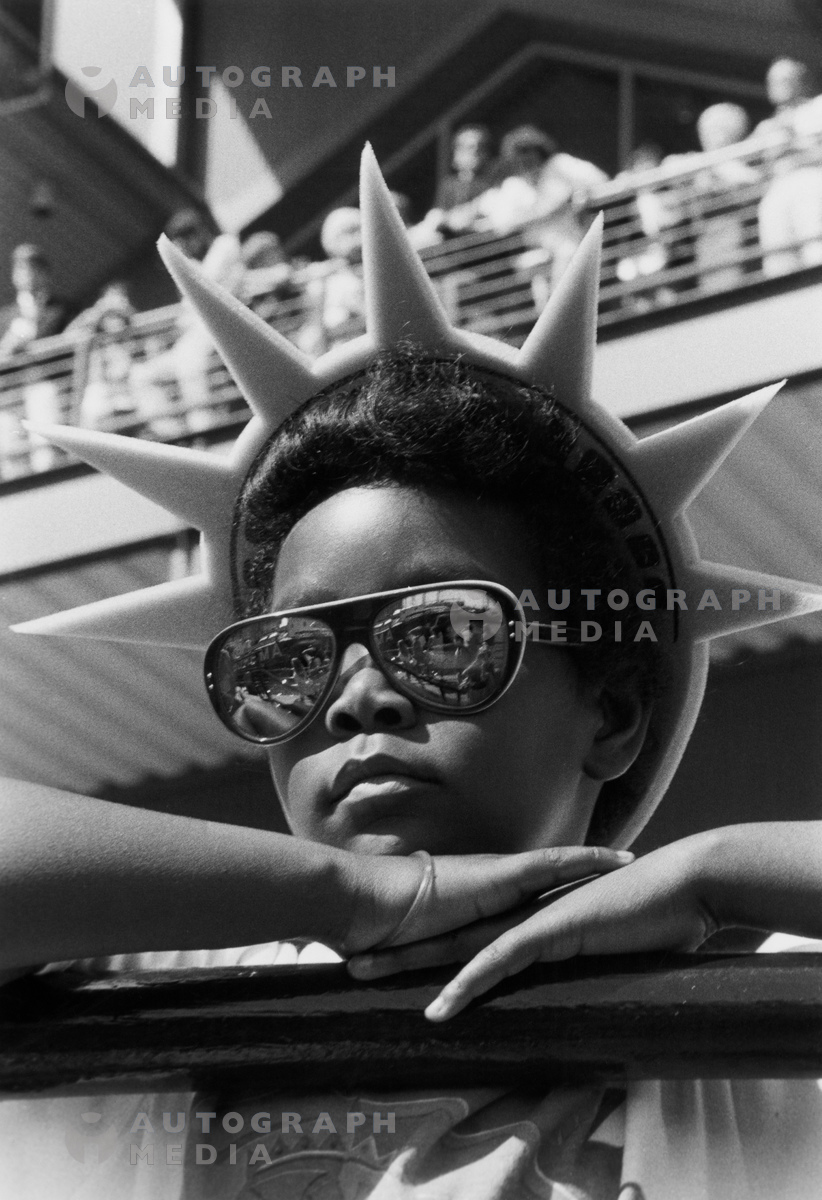New Image Library Specializes In Race and Cultural Diversity
Autograph Media is a recently launched photography licensing agency from the people who run Autograph ABP, the British-based photographic arts organization. Specializing in all aspects of race and cultural diversity throughout history, Autograph Media’s image library is comprised of a multitude of collections from various media partners like Getty Images and Magnum Photos.

Indian suffragettes on the Women’s Coronation Procession, London, 17th June 1911. Mrs Fisher Unwin, who had links with India, was in charge of this contingent, which was part of the Empire Pageant. (Photo by Museum of London/Heritage Images/Getty Images)
Covering a wide range of subjects, while browsing through the Autograph Media archive online one quickly realizes what a treasure trove it is. Well tagged and contextually/conceptually linked, during my first look I quickly went from 1950s images of newly arrived West Indian immigrants in London to documentary work on the British in India… and yet Autograph Media doesn’t stop at visualizing the history of Britain’s colonized subjects.

27th May 1956: Immigrants from the West Indies arriving by ship at Southampton Docks, Hampshire. Original Publication: Picture Post – 8405 – Thirty Thousand Colour Problems – pub. 1956 (Photo by Haywood Magee/Picture Post/Getty Images)
During my Autograph Media search I discovered images from the Afro Newspaper/Gado archive. Founded in 1892 by John Henry Murphy Sr., a former slave who gained freedom following the passage of the Emancipation Proclamation of 1863, The Afro-American newspaper was formed when Murphy merged several church papers together. With a large circulation in several cities, the Baltimore-based newspaper was instrumental in effecting social change on a national scale from pushing for black representation in the legislature, to establishing state-sponsored education for African Americans, fighting the implementation of Jim Crow segregation and even collaborating with the NAACP on civil rights cases.

Three women in lavish dress stand with nooses around their necks in protest of lynchings, 1946. (Photo by Afro American Newspapers/Gado/Getty Images)
With its nontraditional and inclusive hiring practices, The Afro-American employed notable black intellectuals (Langston Hughes, Romare Bearden) and journalists and while many of the images in the newspaper’s archive don’t give photographer credit, we do know that they employed women photographers like Erika Stone. The image of Little Miss Black Liberty below from Autograph Media’s online archive is by Stone, a photojournalist, magazine photographer and member of the Photo League. After she had children, Stone exclusively photographed children and family. (For more work by Erika Stone, take a look at this portfolio of her Ellis Island images from a previous Baxter St blog post by Patricia Silva.)

A child wearing a Statue of Liberty headdress on National Freedom Day in New York City, USA, circa 1988. National Freedom Day commemorates the signing of the 13th Amendment outlawing slavery on 1st February 1865. (Photo by Erika Stone/Getty Images)
Autograph Media is a compilation of several photography archives, many of which you can access individually from their own websites. Yet the value of Autograph Media lays in its mission of making visible a multitude of historical images that offer a more fair representation of human history at the intersections of race, culture and gender. Visual resources like this remind us of our past, our humanity and ultimately what’s worth fighting for in this era of uncertainty and political instability.

Group portrait of three Chinese children standing in a room in Chicago, Illinois, each holding an American flag and a Chinese flag, 1929. From the Chicago Daily News collection. (Photo by Chicago History Museum/Getty Images)
Qiana Mestrich is a photographer, writer, digital marketer and mother from Brooklyn, NY. She is the founder of Dodge & Burn: Decolonizing Photography History, a blog that seeks to establish a more inclusive history of photography, highlighting contributions to the medium by and about people of underrepresented cultures. Read her other guest posts on the Baxter St blog: Photography and the Black Panther Party, The Black Female Self in Landscape, In Memoriam: John Berger and Uses of Photography Quotes and Forthcoming Photobooks by African American and Black African Photographers.

